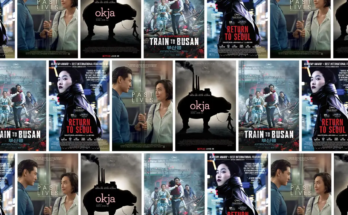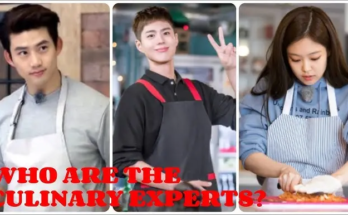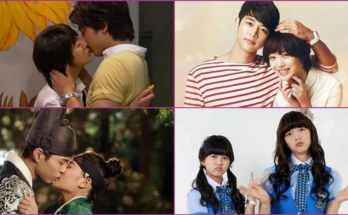Introduction
Korean cinema has taken the world by storm, captivating audiences with its unique storytelling, deep cultural roots, and stunning cinematography. But what truly sets Korean films apart? The answer lies in the seamless integration of traditional culture into modern filmmaking. From historical epics to contemporary dramas, Korea’s rich heritage continues to shape its cinematic identity. But how exactly does traditional culture influence Korean cinema? Let’s dive in!
The Fusion of Tradition and Modernity
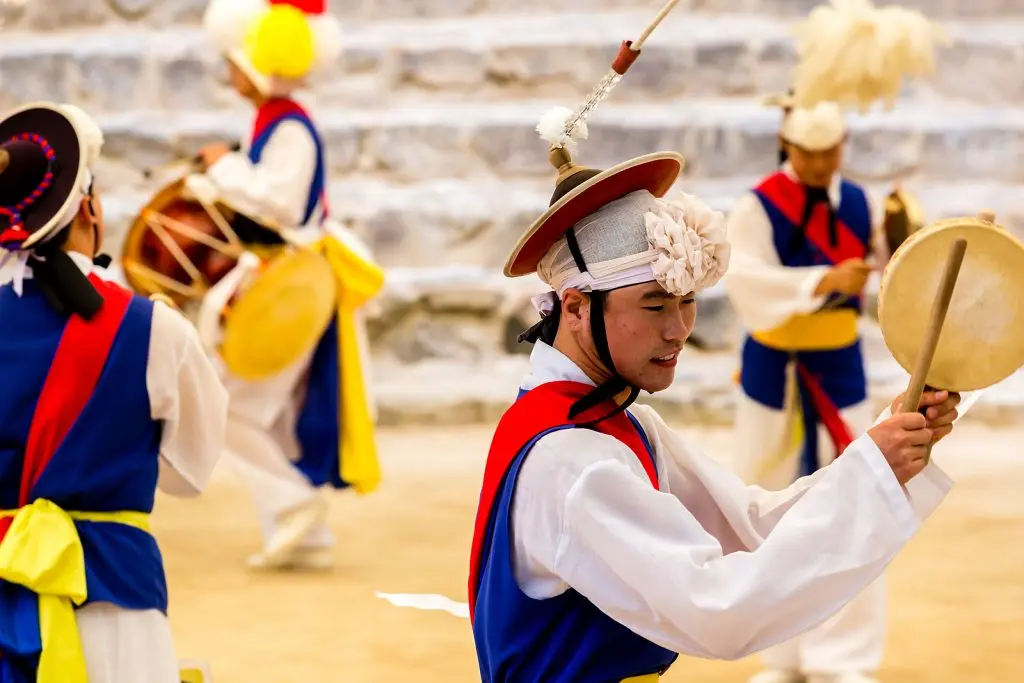
One of the most fascinating aspects of Korean cinema is how it blends traditional culture with modern storytelling. Whether it’s a historical drama set in the Joseon Dynasty or a modern thriller referencing ancient folklore, Korean films maintain a strong connection to their cultural past. This fusion creates a distinct narrative style that resonates with both local and international audiences.
The Influence of Confucian Values
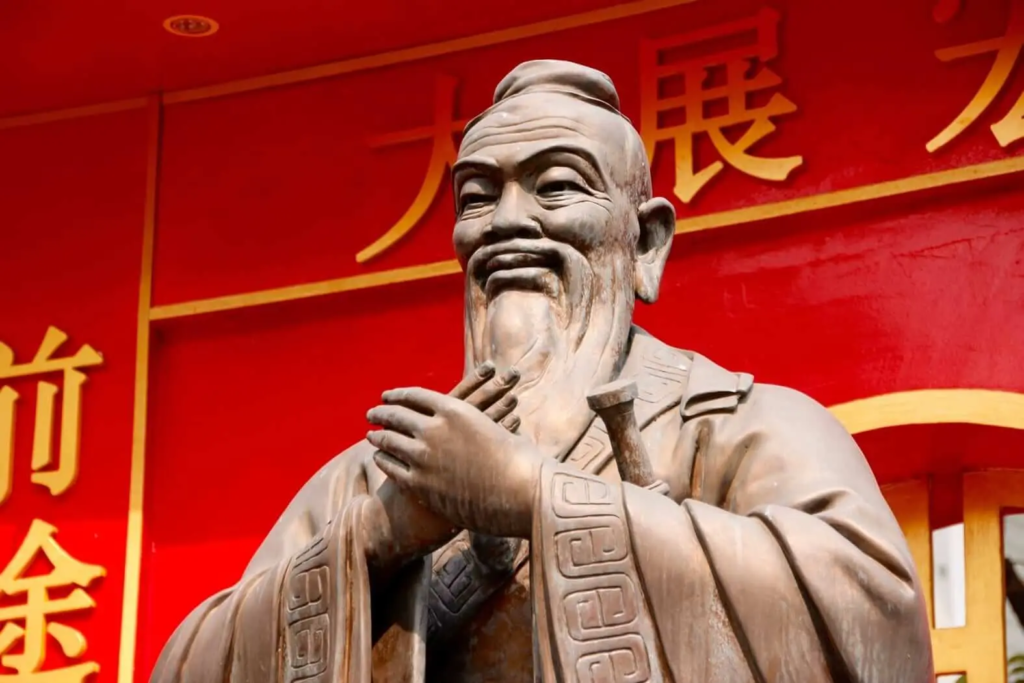
Confucianism has played a significant role in shaping Korean society, and its influence is evident in many films. Themes of filial piety, respect for elders, and societal hierarchy often take center stage. Films like The Throne (2015) and The Admiral: Roaring Currents (2014) highlight these values, depicting the struggles of individuals bound by duty and tradition.
Folklore and Mythology in Korean Films
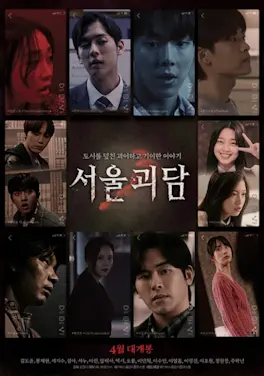
Korean folklore and mythology have long served as inspiration for filmmakers. Stories of goblins (dokkaebi), ghosts (gwishin), and legendary creatures are frequently woven into movie plots. Films like A Tale of Two Sisters (2003) and The Wailing (2016) incorporate traditional ghost stories, adding a uniquely Korean flavor to the horror genre.
The Aesthetic of Hanbok in Cinema
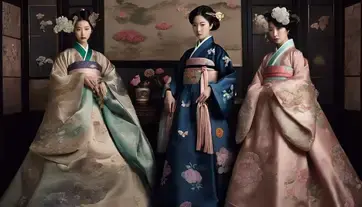
The visually stunning traditional Korean attire, hanbok, is often showcased in historical dramas and period films. Directors use hanbok not only for authenticity but also as a visual storytelling tool. In movies like The Royal Tailor (2014) and Masquerade (2012), the intricate designs and vibrant colors of hanbok help depict social status, character emotions, and historical accuracy.
Building Resilience: Learning to Bounce Back from Challenges and Setbacks
Korean Traditional Music (Gugak) in Film Scores
Music is a powerful tool in cinema, and Korean filmmakers often incorporate gugak (traditional Korean music) into their scores. The haunting sound of the gayageum or the rhythmic beats of the janggu drum create an atmosphere that transports viewers to another era. Films like Sopyonje (1993) explore the beauty of pansori, a traditional Korean narrative singing art, making music a character in itself.
The Significance of Traditional Architecture
Traditional Korean architecture, with its elegant hanok houses and serene palaces, frequently serves as a backdrop in films. These settings are not just aesthetically pleasing; they also reflect themes of nostalgia, change, and cultural preservation. Movies like Dongju: The Portrait of a Poet (2016) and King and the Clown (2005) beautifully incorporate traditional architecture to enhance their storytelling.
Martial Arts and Traditional Combat in Korean Action Films

Korean action films often showcase traditional martial arts, such as taekkyeon and hapkido. Unlike Western action movies that rely heavily on firearms, Korean cinema emphasizes hand-to-hand combat and sword fighting, rooted in historical practices. Films like The Swordsman (2020) and War of the Arrows (2011) highlight Korea’s martial arts heritage in breathtaking action sequences.
The Impact of Traditional Culture on Modern Korean Filmmakers
Even in contemporary films, traces of traditional culture remain. Modern directors like Park Chan-wook and Bong Joon-ho often weave traditional themes into their narratives, even in futuristic or dystopian settings. This blending of old and new ensures that Korean cinema retains its unique identity while evolving with global trends.
The Secret Weapon of Happy Couples: Unveiling the Power of Love Languages
Conclusion
Traditional culture is the heartbeat of Korean cinema. It provides depth, authenticity, and a distinct storytelling style that sets Korean films apart from the rest of the world. Whether through historical epics, supernatural folklore, or the subtle presence of Confucian values, traditional culture continues to shape the narratives we see on screen. As Korean cinema continues to gain international recognition, its rich cultural heritage will undoubtedly remain a cornerstone of its success.
FAQs
1. How does Korean folklore influence horror films?
Korean horror films often draw from traditional ghost stories and myths, featuring spirits, shamanistic rituals, and supernatural creatures unique to Korean culture.
2. Why is Confucianism important in Korean cinema?
Confucian values such as filial piety, respect for elders, and societal hierarchy play a significant role in shaping character dynamics and moral dilemmas in many Korean films.
3. What are some famous Korean historical films?
Popular historical films include The Throne (2015), Masquerade (2012), and The Admiral: Roaring Currents (2014), all of which depict key events and figures from Korea’s past.
4. How does traditional music enhance Korean films?
Traditional music, such as pansori and gugak, is used to evoke emotions, create an immersive atmosphere, and connect viewers to Korea’s cultural heritage.
5. What role does food play in Korean cinema?
Food is often used as a cultural symbol, representing family, love, nostalgia, and identity, as seen in films like Little Forest (2018) and Le Grand Chef (2007).
